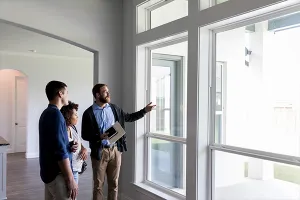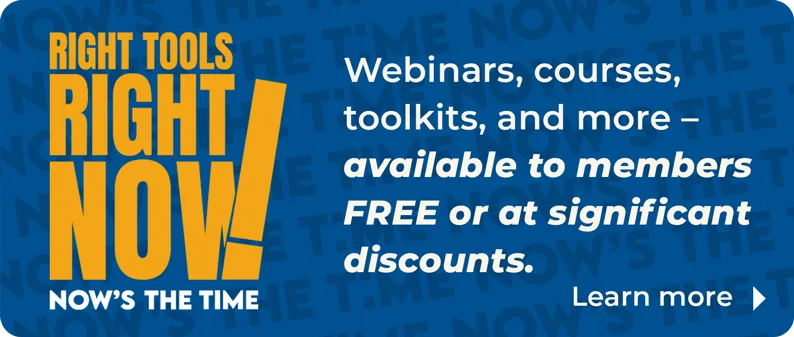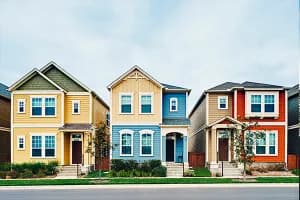During a recent National Association of REALTORS® online meeting, I was looking at my computer screen and couldn’t figure out why it didn’t show all of the participants. I wanted to hear the person speaking, of course, but I also wanted to see everyone’s faces. Then, it dawned on me—check the view! So I clicked, and sure enough: I needed to change my setting to “gallery view.” Instantly, I could see my peers and connect with trusted friends.
When thinking about the importance of building relationships, collaboration, and trust, my meeting experience came to mind. It made me consider just how many times I might need to adjust my personal view to a gallery setting to stay connected, build and nurture relationships, and collaborate.
AEs can’t be expected to have all the answers, but we can be expected to connect the people who can find the best solutions as a team.
Both inside an association and in the larger REALTOR® association community, building relationships and seeking opportunities to collaborate are keys to success for association executives. If I had to name a single trait of successful AEs, I would say it’s their ability to do those two things continuously.
Success means different things to different people, but the AEs I see as most successful across the country have three fundamentals in common:
- Successful AEs build relationships intentionally. Good AEs are friendly, work hard, and enjoy the people they meet along the way. Great AEs seek out relationships with people they admire and want to emulate. They get involved at the local, state, and national levels, or they join an AE society in their area. They seek out opportunities to give back and build a cadre of trusted relationships.
- Successful AEs seek to collaborate with others openly and share their knowledge willingly. The “greats” take pride in helping others, and they access new ideas in return. The old adage, “The more you give, the more you get back,” is central to who they are, and this includes sharing with volunteer leaders, staff, and other AEs. The world of “co-opetition” with neighboring AEs can be confusing, but when you seek ways to build each other up through collaborative opportunities instead of thinking you can do it all on your own, you’ve mastered this critical fundamental.
- Successful AEs recognize their own strengths and weaknesses. They build teams and relationships with others who are strong in the areas where they might be weak. Leaders don’t worry about someone else being stronger in an area they are not—they embrace it, and they understand that the product or outcome will be even better thanks to those complementary and combined strengths. AEs can’t be expected to have all the answers, but we can be expected to connect the people who can find the best solutions as a team.
As you read through this issue with its focus on relationship-building, remember to adjust your view to its gallery setting to see all of the opportunities surrounding you. There are no boundaries to the success you and your association can achieve through strong relationships and collaboration.










